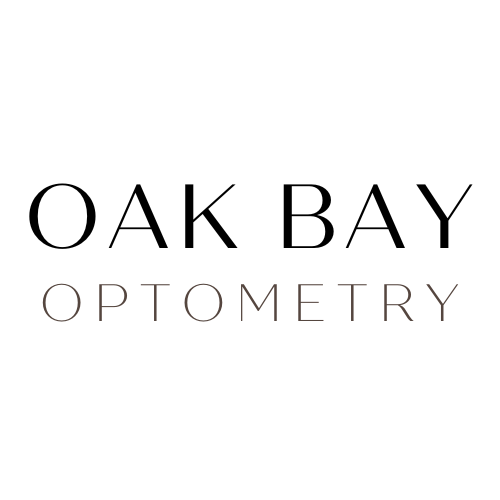Would You Benefit From Blue Light Protection?
Do you spend extended periods of time on your digital devices? If you’re experiencing eye strain, eye fatigue, or dry eyes you could be suffering from digital eye fatigue. We spend more time then ever before on our phones, tablets, and computers and our eyes are feeling it. Continue reading to learn more about how to protect your eyes and alleviate symptoms of digital eye fatigue.
How MSN Messenger changed my life
This story begins around the turn of the century (Y2K anyone?) when I created my first Hotmail account and thus became a frequent user of MSN messenger (my fellow elder Millenials will remember these times but for the younger generations, MSN was like the Snapchat of today but without pictures or video, we had it rough back in those days). No longer did I have to pick up the phone, I could just send a quick message online. This moment marked when digital devices became the ideal form of communication and entertainment, from then on (I hate to admit) I became glued to the computer.
By the time I was in University, almost all my textbooks were accessible online, essays were written in a word document, projects were submitted through the student portal, entire classes and lectures were completed and attended online, and I was googling like a maniac! This meant hours of time spent in front of a computer screen. And when I wasn’t studying on the computer, I was on my phone checking Facebook and texting friends.
Fast forward to today, my job doesn’t require me to sit at a desk all day but I still spend significant time on the computer. Records have moved from paper to digital, meetings are done using Skype, emailing is taking preference over phone calls, social media has become a significant marketing tool, and I’m typing this blog post on the computer rather than writing it out with a pen and paper. Even fluorescent and LED lighting in the office emit blue light. After work, I am using my cell phone to keep up with friends and family, track my fitness, pay my bills, and edit photos all while watching Netflix on the flat screen tv (my decreasing attention span is a whole other issue).
So what does my technological timeline have to do with you? Allow me to divulge one more piece of information, I was beginning to feel eye strain, eye fatigue, and dry eyes. When I brought this up with friends and family, they were experiencing the same symptoms. Could these be symptoms of living a life dominated by screens and prolonged exposure to fluorescent and LED lighting?
Here’s what I have learned …
Most of our blue light exposure comes from the sun and is essential to us homo sapiens (and most other species as well). Science has shown that blue light is necessary for helping to regulate our circadian rhythms (sleep and wake cycles) and balance our hormones.
Our ancestor’s exposure to blue light came exclusively from the sun. Yet today, almost everywhere we look we’re exposed to blue light, day and night. The way we live our lives and the time we spend on our devices is changing our exposure to blue light and the way we use our eyes.
We are still learning just what kind of effects blue light exposure can have on our eyes over the short and long term and if any cumulative damage may occur due to this increased exposure. However, from experience, the symptoms were undeniable.
So how can we relieve these symptoms?
Thankfully, improvements in technology and changes to our behaviour can help protect us from potentially harmful blue light. Here are 4 solutions that help to reduce symptoms:
- Blue light filter lenses – These lenses will help to block harmful parts of the blue light spectrum emitted from your devices. They are available with a prescription or without and can be put into a frame of your choice.
- Photochromic lenses – Photochromic (lenses that darken, most commonly, under UV light) can help with light sensitivity and help to filter blue light. This style of lens is available with a prescription or without.
- Reduce screen time – Reducing screen time is probably an obvious solution but turning off all devices 2-3 hours before bed is especially important. Use a Screen Time app to help you monitor how much time you’re spending on your phone.
- Follow the 20-20-20 rule – Every 20 minutes, shift your eyes to look at something 20 feet away for 20 seconds. While we’re looking at a screen our eyes actually blink less than if we’re looking off into the distance.
Would you benefit from blue light protection?
Do you find yourself spending great quantities of time on your phone, the computer, watching television, or under fluorescent and LED lighting? Does your job or school require you to spend a few hours at a time on one of these devices? Are you experience eye fatigue, strain, or dry eyes while using this technology? A blue light filter may help to relieve these symptoms.
If you’re interested in learning more about how blue light filter and photochromic lenses may be beneficial to you, come visit one of your eyewear specialists at Oak Bay Optometry.
Further Reading
https://opto.ca/health-library/blue-light-is-there-risk-of-harm
https://www.ncbi.nlm.nih.gov/pubmed/25535358
https://www.health.harvard.edu/staying-healthy/blue-light-has-a-dark-side
